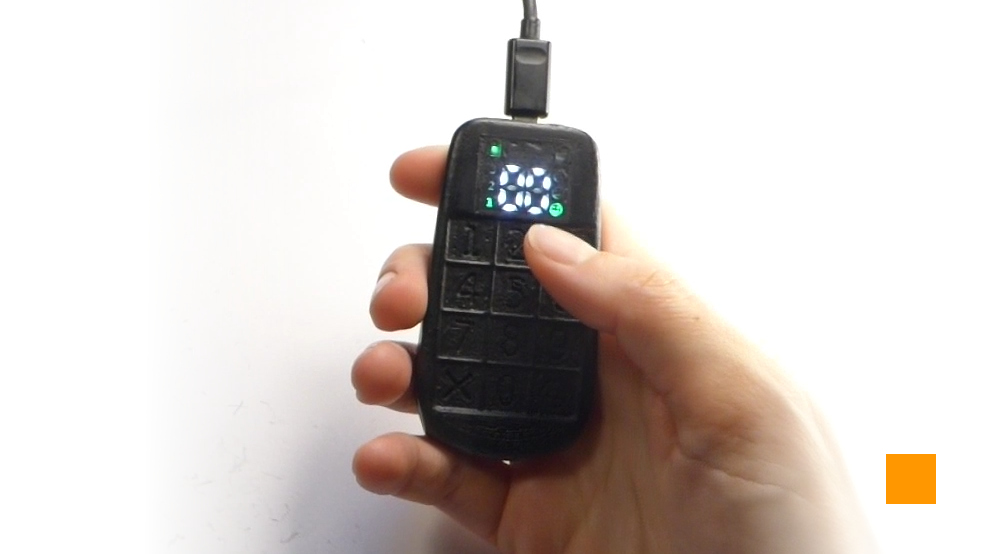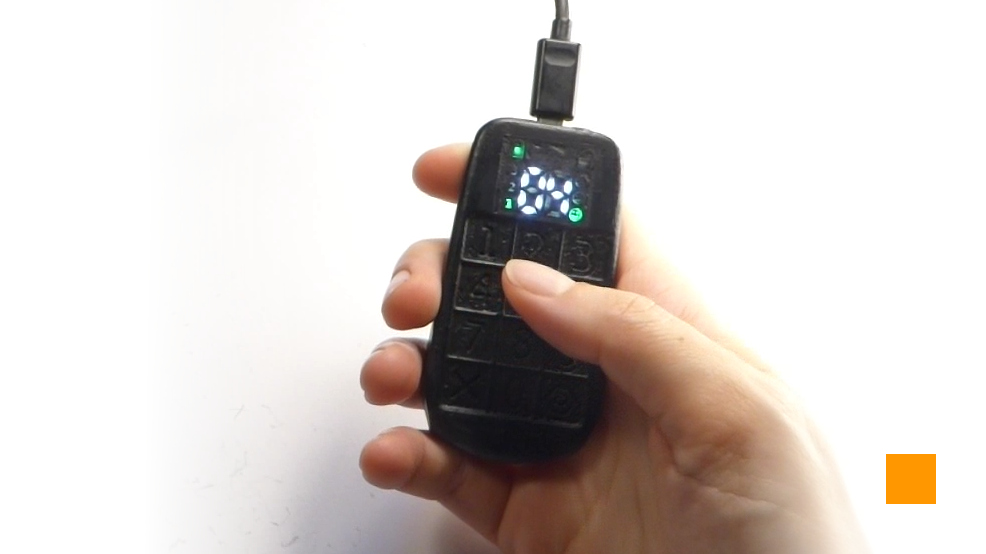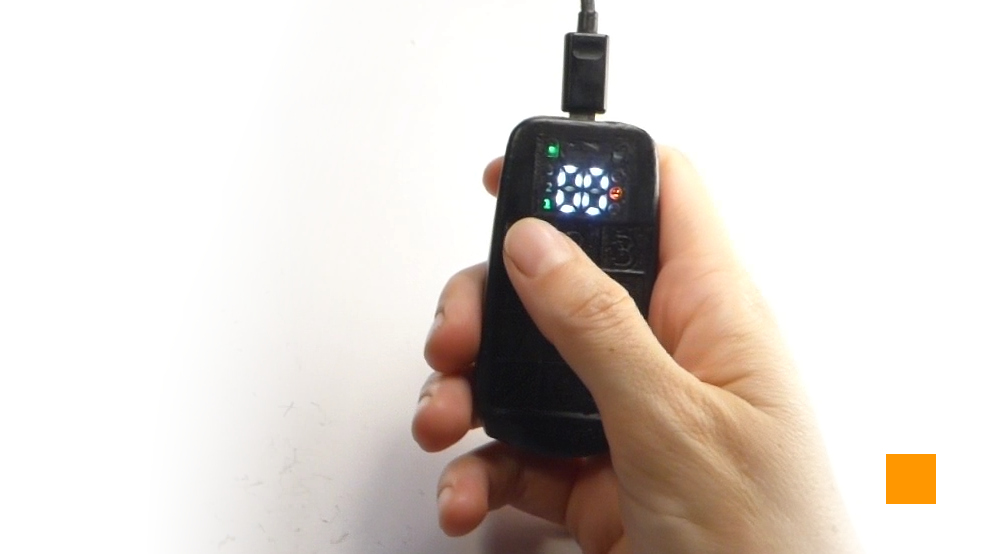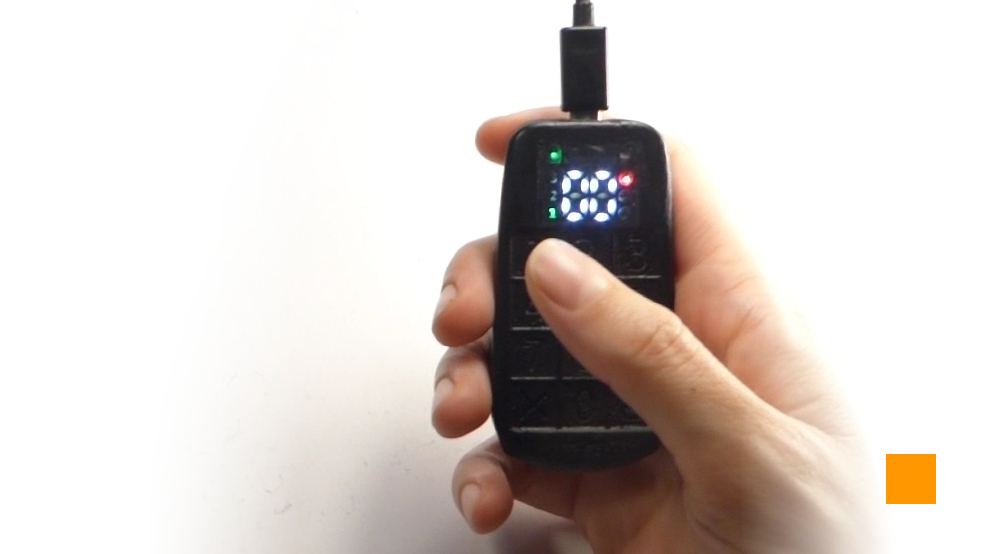Cryptoucan™ usage: basic operations
Written by Dominik Joe Pantůček on 2018-07-12
cryptoucanWe have already shown you what we have developed. So now it is time to tell you how it is used as a part of your casual workflow with signed documents and encrypted messages. Read on to get the idea.
There are two basic operations you will probably do with your Cryptoucan™ all the time. One is to use Cryptoucan™ to digitally sign documents and the other is decrypting encrypted messages someone sent you. Cryptoucan™ uses elliptic curve cryptography (ECC)[1] - although not the exact one described in our former series about elliptic curves in simple Weierstrass form[2]. Cryptoucan™ uses better elliptic curves which are, however, more complex and therefore harder to explain in layman's terms.
If you are here just to see the video - here it is.
For both operations you use your favorite software which asks Cryptoucan™ to perform the signing or decryption on your behalf. To protect your private keys, Cryptoucan™ will not let any software just request a cryptographic operation and blindly grant such request. It requires you to confirm the operation by entering an appropriate PIN[3] using the PIN pad of the device as can be seen in Picture 1. This ensures that nobody can learn your PIN just by cracking into your computer hardware or software. Cryptoucan™ tells you which PIN to enter and how many attempts you have left. For the user PIN the green number 1 is lit on the left side and if you have three or more attempts left, the green happy face is lit on the right side.

Picture 1: Cryptoucan™ prompts user to enter PIN. When prompted for PIN, all you have to do is enter your PIN and confirm it using the hexagon button in the lower right corner of the PIN pad. Cryptoucan™ reveals neither what digits you are entering nor does it show the number of digits remaining. All you can see on the two-digit seven-segment display in the middle is the number of digits you have already entered - as you need some form of feedback to see the progress. You can see an example of 4 digits entered in Picture 2.

Picture 2: Entering Cryptoucan™ PIN with 4 digits already entered. If you think you made a mistake while entering your PIN, you can always reset the counter by pressing the X button in the lower left corner of the PIN pad and start over. In case you have entered and confirmed a wrong PIN, the number of attempts you have left gets decreased by one. If Cryptoucan™ prompts you to enter your PIN and you have only two attempts left, it will be indicated by the yellow neutral face on the right as seen in Picture 3.

Picture 3: Only two attempts remaining. If you are really unlucky and you end up with only one attempt left, Cryptoucan™ will indicate that by the red sad face on the right as can be seen in Picture 4. If you enter a wrong PIN while the red sad face is shining, you are out of luck and Cryptoucan™ is locked until unlocked by the administrative PIN.

Picture 4: Last PIN attempt. If you want to see the basic operations live, look at the Video 1.
Video 1: Cryptoucan™ basic operations live.
As you can see, using Cryptoucan for basic cryptographic operations is pretty straightforward and everyone can do it without any problems. Next week, we will look into Cryptoucan™ administrative actions. See you next Thursday!
References
-
Wikipedia contributors. (2018, June 22). Elliptic-curve cryptography. In Wikipedia, The Free Encyclopedia. Retrieved 21:46, July 11, 2018, from https://en.wikipedia.org/w/index.php?title=Elliptic-curve_cryptography&oldid=847008799
-
Wikipedia contributors. (2018, June 8). Personal identification number. In Wikipedia, The Free Encyclopedia. Retrieved 21:45, July 11, 2018, from https://en.wikipedia.org/w/index.php?title=Personal_identification_number&oldid=844914265
